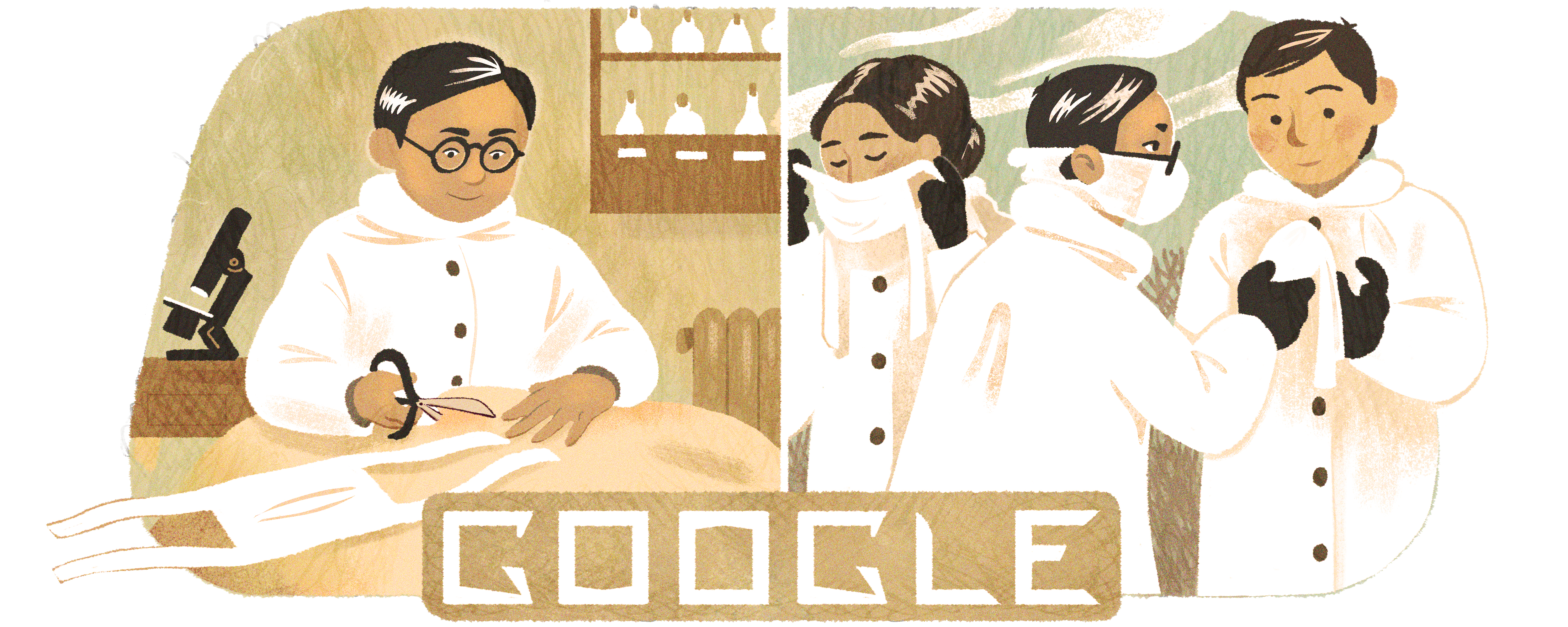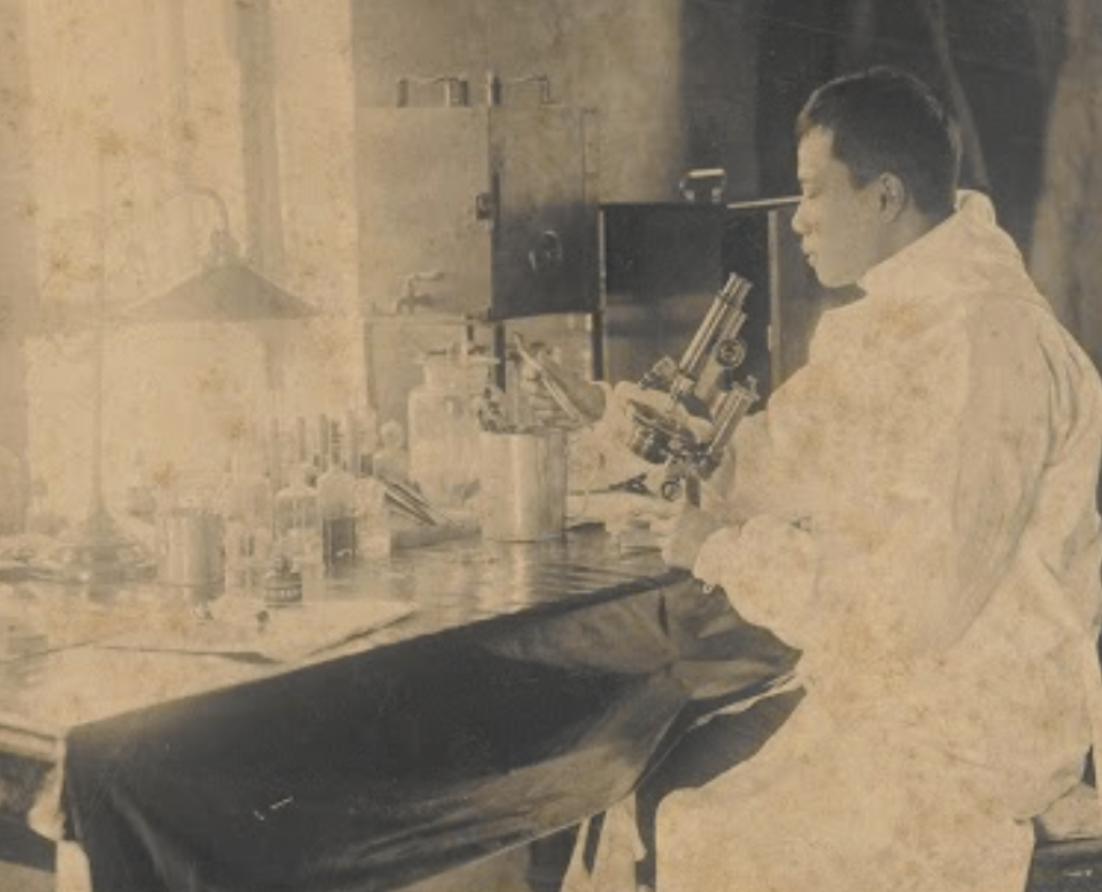Google Doodle Honours Malaysian Doctor Who Designed The Original N95 Mask
Dr Wu Lien-teh's invention stopped, within a few months, a deadly plague that had killed 60,000 people.
Last year, the pandemic shone a light on the extraordinary work of a Malaysian doctor who stopped a pneumonic plague in 1910.
Now the epidemiologist is being honoured on his 142nd birthday in today's Google Doodle.
His name is Dr Wu Lien-teh and he was born in Penang on 10 March 1879.
He finished his medical studies in 1903 and joined the Institute for Medical Research in Kuala Lumpur as its first research student. A year later, he started his private practice on Chulia Street, George Town.
Google said that it is dedicating the Doodle to Wu for his invention that curbed the Manchurian plague, which occurred more than a century ago.
The plague, described as "apocalyptic", affected Manchuria in Northeast Asia and killed 60,000 people.
In the fall of 1910, the Malaysian-Chinese epidemiologist was called to China by the Chinese Imperial Court to lead its scientific efforts to stop the pneumonic epidemic.
Within a few months, Wu stopped the deadly plague with his invention: a surgical face covering that is widely considered to be the precursor to the N95 mask.
For his work, Wu was given the name of the 'Plague Fighter'
"To combat the disease, Wu designed a special surgical mask with cotton and gauze, adding several layers of cloth to filter inhalations. He advised people to wear his newly invented mask," Google said.
The mask wrapped securely around one's face.
Some doctors, however, still doubted the effectiveness of Wu's face masks, with one such doctor, Gérald Mesny, dying of the plague after refusing to wear the mask.
"His leadership contributed greatly to the end of the pandemic (known as the Manchurian plague) by April 1911, within four months of being tasked with controlling its spread," Google added.
Google, in its tribute, said that Wu went on to become the first student of Chinese descent to earn his MD from Cambridge University
He is also Malaysia's first Nobel Prize nominee.
"In 1935, he was the first Malaysian - and the first person of Chinese descent - nominated for the Nobel Prize in Physiology or Medicine for his work to control the pneumonic plague," Google said.
"A devoted advocate and practitioner of medical advancement, Wu's efforts not only changed public health in China but that of the entire world."
Wu moved back to Malaysia in 1937
He had lost his wife and three sons in China and his home and collection of ancient Chinese medical books were burnt following the commencement of the anti-Japanese war in the country.
Wu settled in Ipoh, where he opened a general practice. He died at the age of 81 on 21 January 1960.
Wu's great-granddaughter, Dr Shan Woo Liu, MD, shared her thoughts on the Doodle and her great-grandfather's legacy
"His story stirred something in me, and from an early age, I dreamed of becoming a doctor... Today, as an emergency physician treating COVID-19 patients, I appreciate his bravery all the more," she said.
"A year ago, I was terrified by how little we knew about the coronavirus. Even now, I struggle to imagine how my great-grandfather must have felt as he cared for patients who had contracted the plague. But I also feel closer to him than ever as I urge my patients to practise social distancing and to wear a mask — the very techniques he pioneered as he rescued China, and possibly the world, from a scourge."

